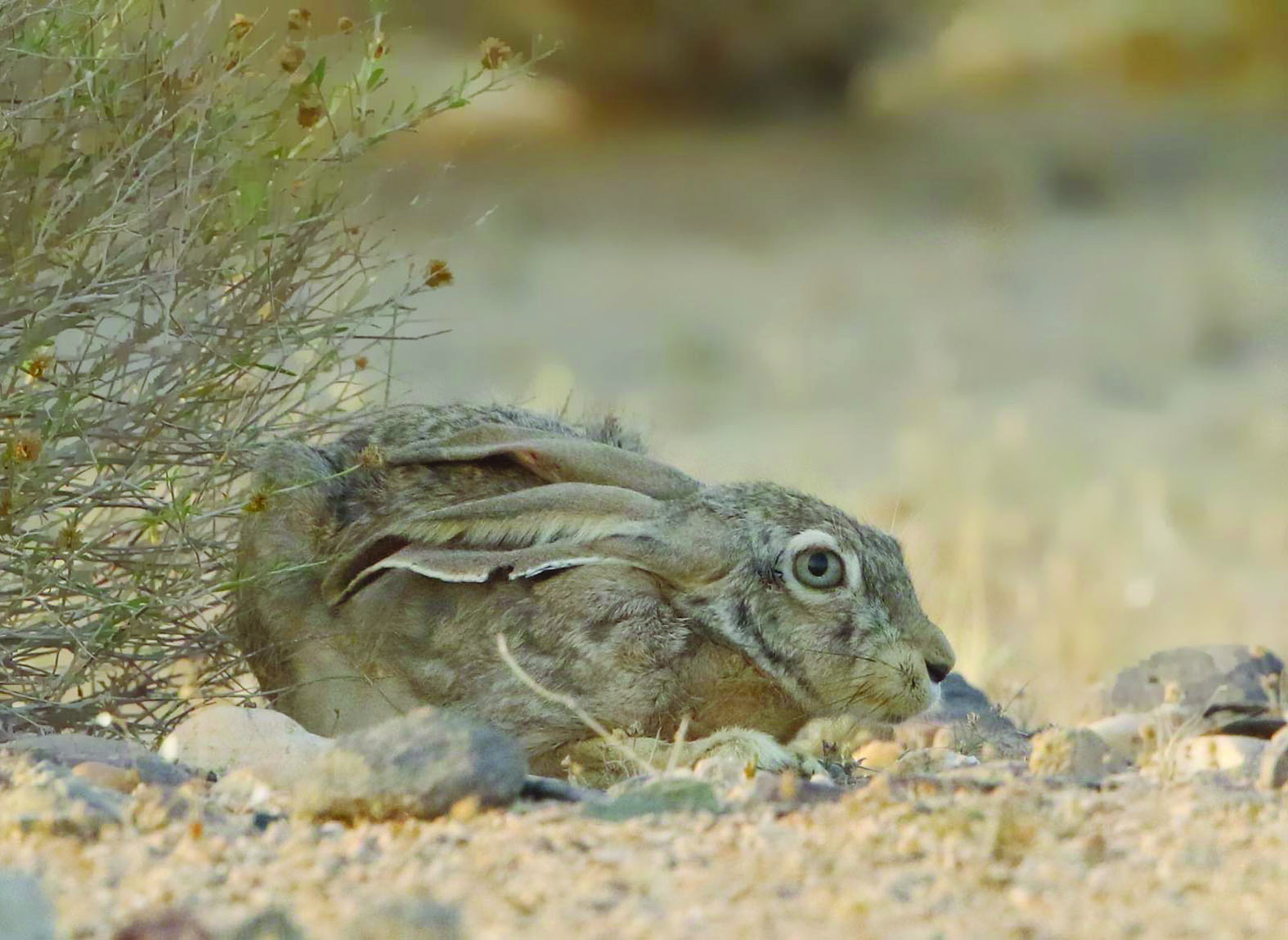
KUWAIT: The wild rabbits' presence largely multiplied in Al-Ritqa area along the border region between Kuwait, Iraq and Saudi Arabia, especially after enforcing environmental laws that criminalize poaching. Head of the Kuwaiti Environmental Lens team Rashed Al-Hajji said Sunday that in the early 1970s, Subbiya area was full of rabbits, porcupines and honey badgers, then poaching and overgrazing spread in most of Kuwait's desert and without regulation, which led to extinction of the furry creatures.
Currently there are rabbits in Kuwait thanks to the Ministry of Interior, as they took care of this region and prevented hunters from tampering with the land, causing the number of rabbits to rise annually, he explained. In nature, they are constantly tense, with tightening nerves and muscles ready to speed off as soon as their long ears and big eyes pickup on the sound of any moving object.
As a form of camouflage, color of the rabbits' fur is similar to the one of the earthy environment, which helps get rid of enemies through sharp eyesight and a strong sense of smell that allows them to determine the source of danger and escape at a speed of 30 kmph.
The female rabbit gives birth to 1-3 babies throughout the year and can reproduce after four months, reaching the peak of fertility in winter, where pregnancy period lasts 42 days, he said. Hajji added that few live over a year given wild conditions due to the lack of adequate protection from enemies in nature. - KUNA











